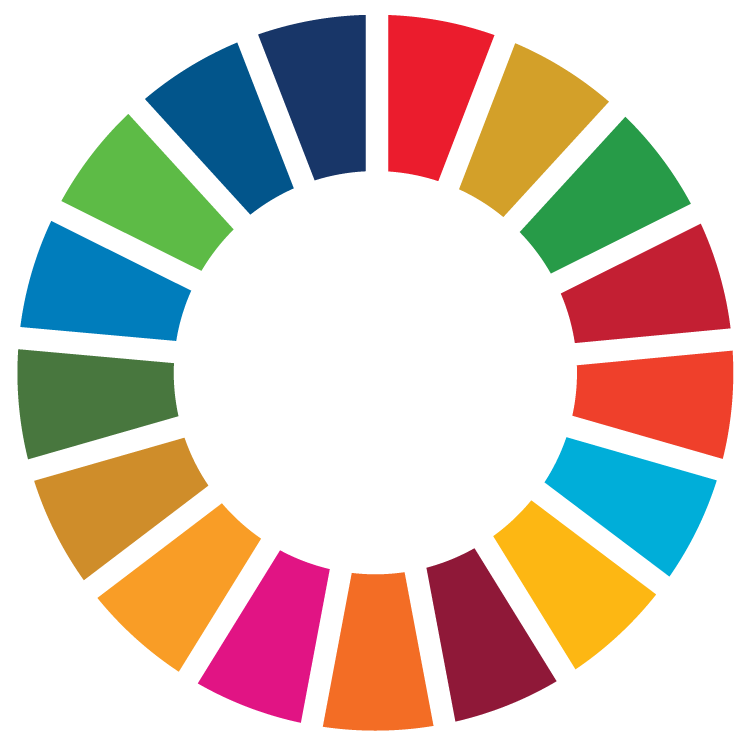Walailak University’s Commitment: A Path to Achieving Carbon Neutrality

Figure: Walailak University assesses the carbon footprint from its main activities using the fiscal year 2022 as the base year for the evaluation.
-
-
- Replacing lighting equipment with more efficient alternatives, resulted in a reduction of 2,038,622 kg of carbon dioxide equivalent.
-

2. Installing high-efficiency air conditioning systems to replace the older units, achieving a reduction of 5,887,630 kg of carbon dioxide equivalent.

Together, these activities reduced total greenhouse gas emissions by 7,926,252 kg of carbon dioxide equivalent or 7,926.252 tons of carbon dioxide equivalent. Additionally, the university managed the installation of solar rooftop systems on the Building for Science and Technology, the Architecture & Design Building, and the parking lot roof, with a capacity of 2,000 kWp for internal use, aimed at reducing electricity costs by no less than 30%.

Figures: Walailak University certifies the results of the greenhouse gas emission reduction assessment under the Low Emission Support Scheme (LESS) in the energy sector.
Figure: Solar Rooftop Electricity Generation System Management at Walailak University
Figures: Walailak University prioritizes the use of electric vehicles as the internal transportation system within the campus. (Reduce greenhouse gas emissions in Scope 1)

Figure: Walailak University Digital Office Management System (DOMS) and the trend of reducing paper usage within the university. (Reduce greenhouse gas emissions in Scope 1)
Figures: Walailak University initiates research on carbon containment in plant biomass (above–ground biomass) using a sample plot in the Walailak Botanic Park as a demonstration area.

Figure: Carbon footprint assessment of Walailak University for the fiscal year 2023, compared to the baseline year.

Goal 13: Climate Action
Goal 7: Affordable and Clean Energy
Goal 11: Sustainable cities and communities
Goal 17: Partnerships for the Goals

